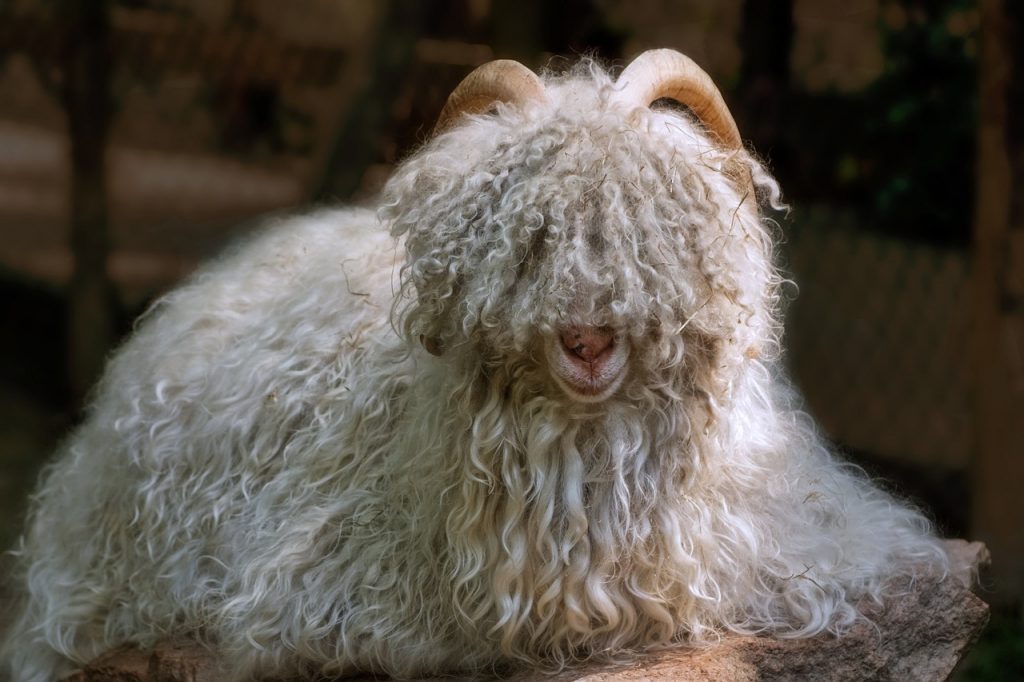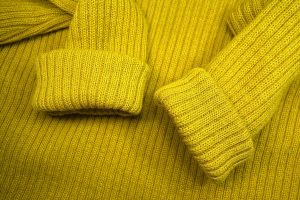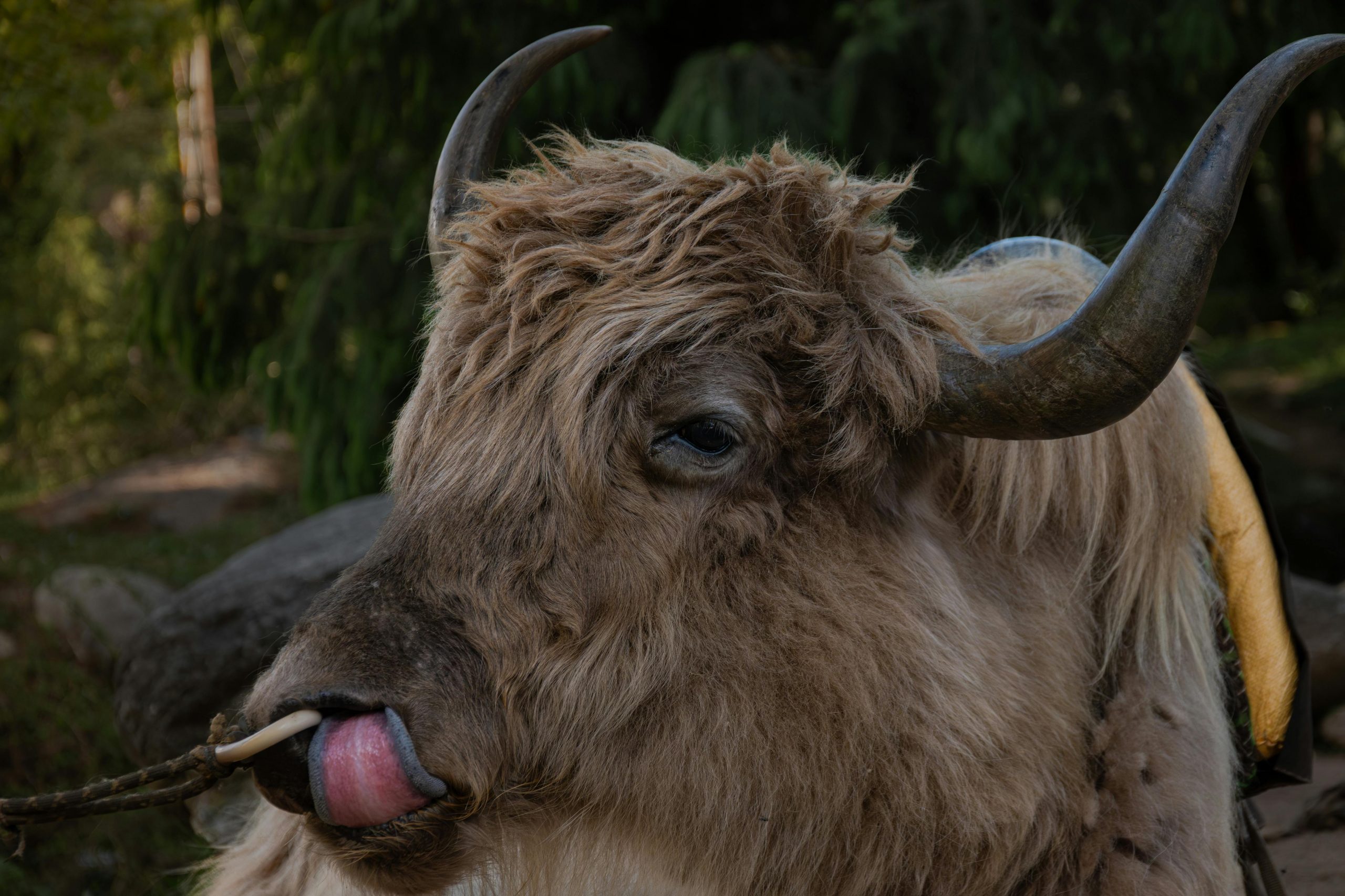The Price Divide: Why Wool is a Bargain Compared to Cashmere
In the world of textiles, there’s an interesting price disparity between wool and cashmere. While both materials are highly regarded for their warmth and quality, wool is often significantly cheaper than cashmere. Let’s embark on a journey to uncover the reasons behind this price gap.

First and foremost, the source of these materials plays a crucial role. Wool comes mainly from sheep. Sheep are abundant in many parts of the world, and they are relatively easy to raise. Their numbers are large, which means there is a plentiful supply of wool. In contrast, cashmere comes from the undercoat of cashmere goats. These goats are mainly found in specific regions with harsh climates, such as parts of Mongolia and China. The limited geographical distribution of cashmere goats makes the supply of cashmere relatively scarce.
The process of obtaining cashmere is also much more labor-intensive. Cashmere goats produce only a small amount of cashmere each year. Gathering this precious fiber requires careful handling and separation from the coarser outer hairs. On the other hand, shearing wool from sheep is a more straightforward process that can be done relatively quickly and on a large scale.
Quality is another factor that sets cashmere apart from wool. Cashmere is renowned for its softness, warmth, and lightweight nature. It has a luxurious feel that is highly sought after. Wool, while also warm and durable, is generally not as soft and fine as cashmere. The superior quality of cashmere commands a higher price in the market.
Moreover, the production of cashmere often involves more steps to ensure its quality. It may require additional sorting, cleaning, and processing to meet the high standards expected by consumers. Wool, although it also goes through processing, is typically less complex and costly.
In terms of fashion and demand, cashmere has a certain allure that makes it a premium product. High-end fashion designers often use cashmere in their collections, further driving up its price. Wool, on the other hand, is more widely available and used in a broader range of products, from everyday clothing to home textiles. This wider availability also contributes to its lower price.

In conclusion, the price difference between wool and cashmere can be attributed to a combination of factors, including the availability of the source animals, the labor-intensive nature of obtaining cashmere, the superior quality of cashmere, and the demand in the fashion industry. While wool is a great option for those looking for warmth and durability at an affordable price, cashmere remains a luxury item for those who can afford its premium price tag.

Debunking Myths and Misconceptions About Cashmere
Debunking Myths and Misconceptions About Cashmere Cashmere is often regarded as a luxury fabric, but along with its reputation comes a host of myths and

Exploring the Intricacies of Knit Ribbing: A Comprehensive Guide
Exploring the Intricacies of Knit Ribbing: A Comprehensive Guide In the world of knitwear production, the technique of ribbing transcends a basic skill, becoming an

Unraveling the Mystery of Yak Hair: Is It Cashmere?
Unraveling the Mystery of Yak Hair: Is It Cashmere? Yak hair is a unique and fascinating material that has been used for centuries. But what
